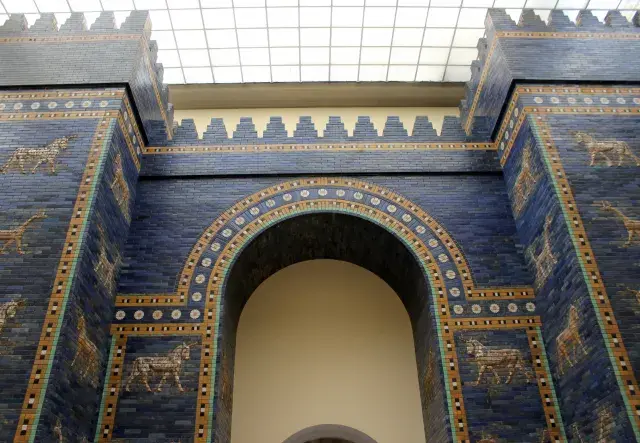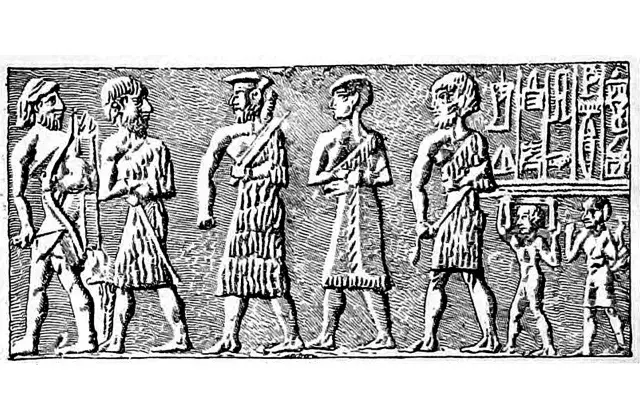Arab and Islamic Influence (630 – 1250s CE)

Between 630 and the 1250s CE, Iraq experienced a profound transformation due to the significant Arab and Islamic conquest. This period marked a pivotal era in Iraq's history, witnessing cultural, scientific, and architectural transformations that left an enduring impact. The Battle of Qadisiyyah in 637 marked the end of the Sassanian dynasty and Persian rulers over Iraq and the beginning of Arab and Islamic rule that was rapidly spreading. The Arab Muslim troops crossed the desert pathways of Arabia to enter Iraq, where they were accompanied by numerous settled Arabs and new converts to Islam. This collective joined forces with the aim of gaining control over the Sassanian administration in Iraq, subsequently redirecting its governance under Muslim leadership. The outcome of the Battle of Qadisiyyah significantly altered the political landscape of the region, facilitating the spread of Islam and the establishment of Muslim rule in Iraq. In Islamic historiography, the Battle of Qadisiyyah occupies a prominent place and is written and retold by many classical and modern scholars and historians, particularly in Arabic.
The new Islamic leadership brought new social, cultural and religious practices to the region. Apart from Islam as the faith to be followed, the most influential export originating from Arabia was undeniably the Arabic language. Renowned for its intricate structure and extensive vocabulary, Arabic seamlessly adapted to diverse domains. It served as the primary cultural representation for the Arab people, representing both the language of the dominant faith and its sacred scripture, the Quran.
One of the early centres of Arab and Islamic culture in Iraq was the city of Kufa. It is located on the banks of the Euphrates River and ten kilometres northeast of Najaf; it was founded in 638 by the second Muslim caliph Omar ibn al-Khattab. It was in Kufa that the historical and analytical studies of the Arabic language were extensively undertaken, including its grammar and vocabulary. Hence, the widespread use of the language to religious expressions, literature and poetry, administrative works and science gave a wider application of the language and replaced most of the other local languages. In 655, the fourth Muslim caliph Ali, transferred his headquarters of governance from Medina to Kufa due to its strategic location and as one of the urban centres of the Islamic empire.
One of the early significant Islamic sites in Iraq is Masjid al-Kufa in Kufa, also known as the Great Mosque of Kufa, holding a historical significance in Islamic history. It is one of the earliest mosques in the Islamic world that was built in 638. This mosque served as a pivotal centre for religious, social, and political activities in the early Islamic era. This mosque gained prominence due to its association with key Islamic figures, including Imam Ali ibn Abi Talib, the fourth Caliph, who had his residence nearby. Masjid al-Kufa was also the site of significant events in Islamic history, such as the collection and compilation of the Quran during the era of Caliph Uthman ibn Affan. Today, the mosque stands as a symbol of early Islamic architecture and heritage, attracting visitors and worshippers who value its historical and religious significance.
This article was written by Renas Babakir and is licensed under CC BY-NC 4.0.






